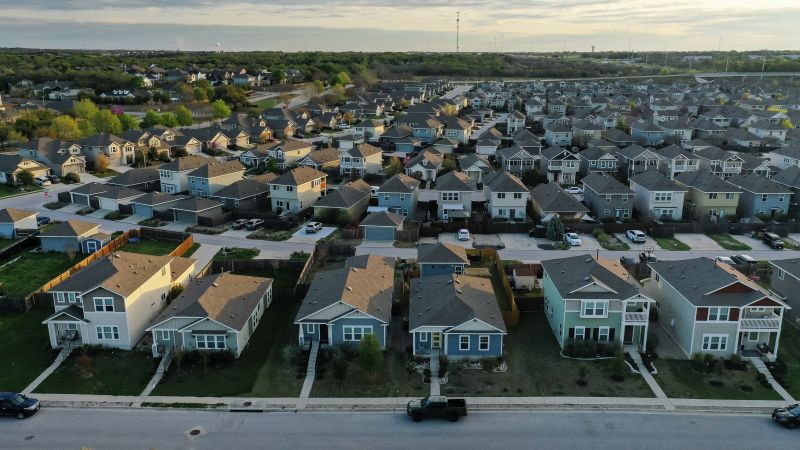Federal Reserve officials have been hesitant to cut interest rates due to a lack of convincing data showing inflation reaching the sustainable target of 2%. Fed Chair Powell recently stated that it will take longer than expected to achieve this goal, indicating that rate cuts may not happen soon. This news caused US stocks to drop initially and Treasury yields to rise, highlighting the uncertainty in the market.
Investors and businesses have been eagerly awaiting rate cuts to stimulate the economy, but the likelihood of this happening is diminishing. The delay in rate cuts could have a negative impact on the economy, as higher interest rates could hinder borrowing and ultimately affect profits. The initial expectation of three rate cuts last year prompted market highs, but the timeline for cuts keeps getting pushed back due to inflation concerns.
The recent hot inflation data led to a decline in market momentum, with major indexes such as the Dow, S&P 500, and Nasdaq Composite experiencing losses. This has raised concerns about the potential repercussions if the Fed does not decrease rates as expected later this year. Market declines could prompt firms to delay investments or cut costs, affecting the overall economy.
The Fed’s decision to maintain higher interest rates could have widespread effects on households and businesses. Higher rates may lead to more savings and less spending or investment, slowing down economic growth. Additionally, elevated interest rates have driven up US Treasury yields, leading to higher mortgage rates. This could further impact consumer spending, business investment, and the housing market negatively.
Some experts believe that the economy is strong enough to withstand higher rates without needing rate cuts to avoid a recession. However, the consensus appears to be that extended higher rates could have detrimental effects on various sectors of the economy. The Fed’s reluctance to cut rates this year could potentially impact consumer spending, business investment, and overall market stability. It remains to be seen how the economy will fare in the face of sustained higher interest rates.


